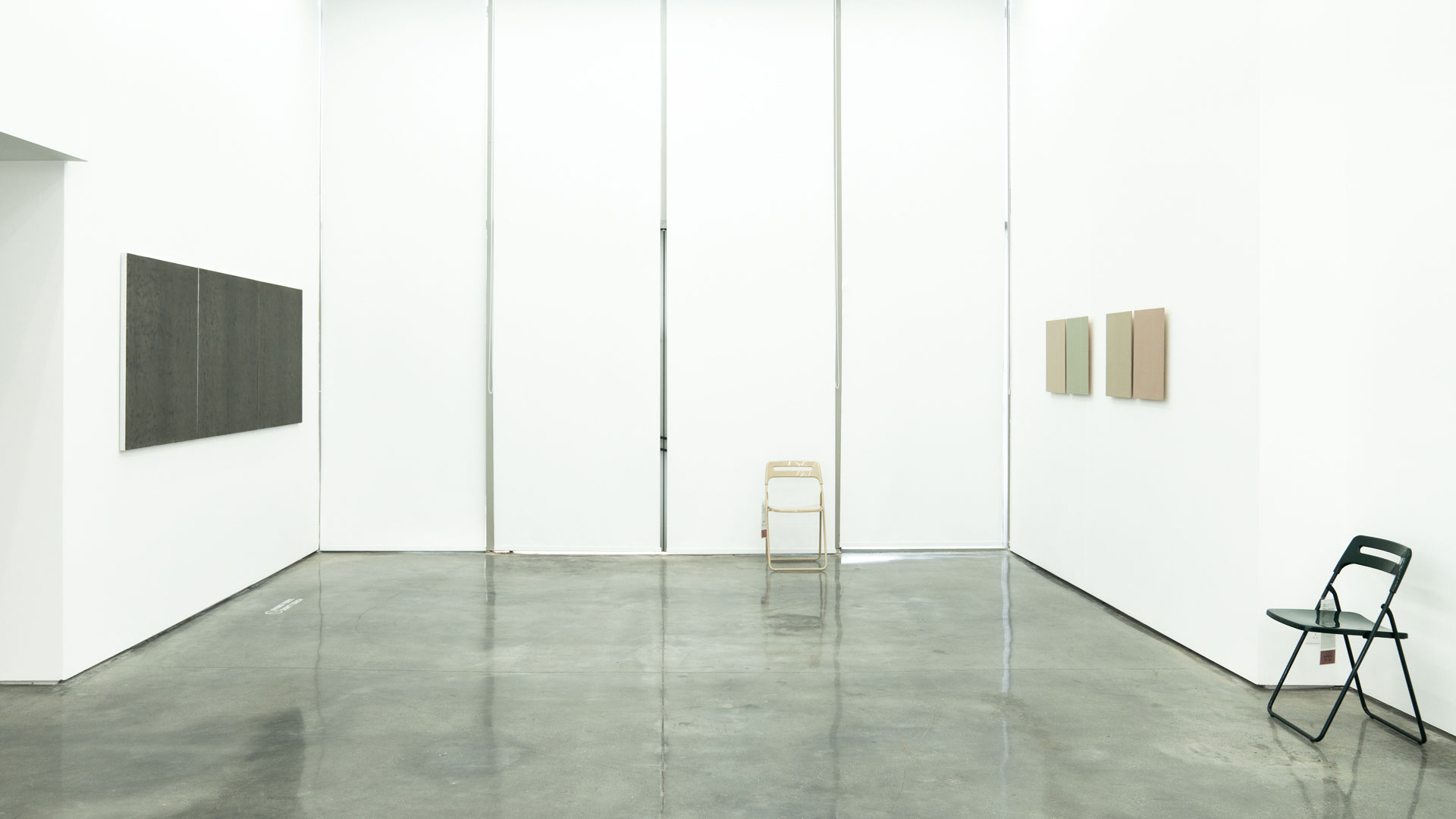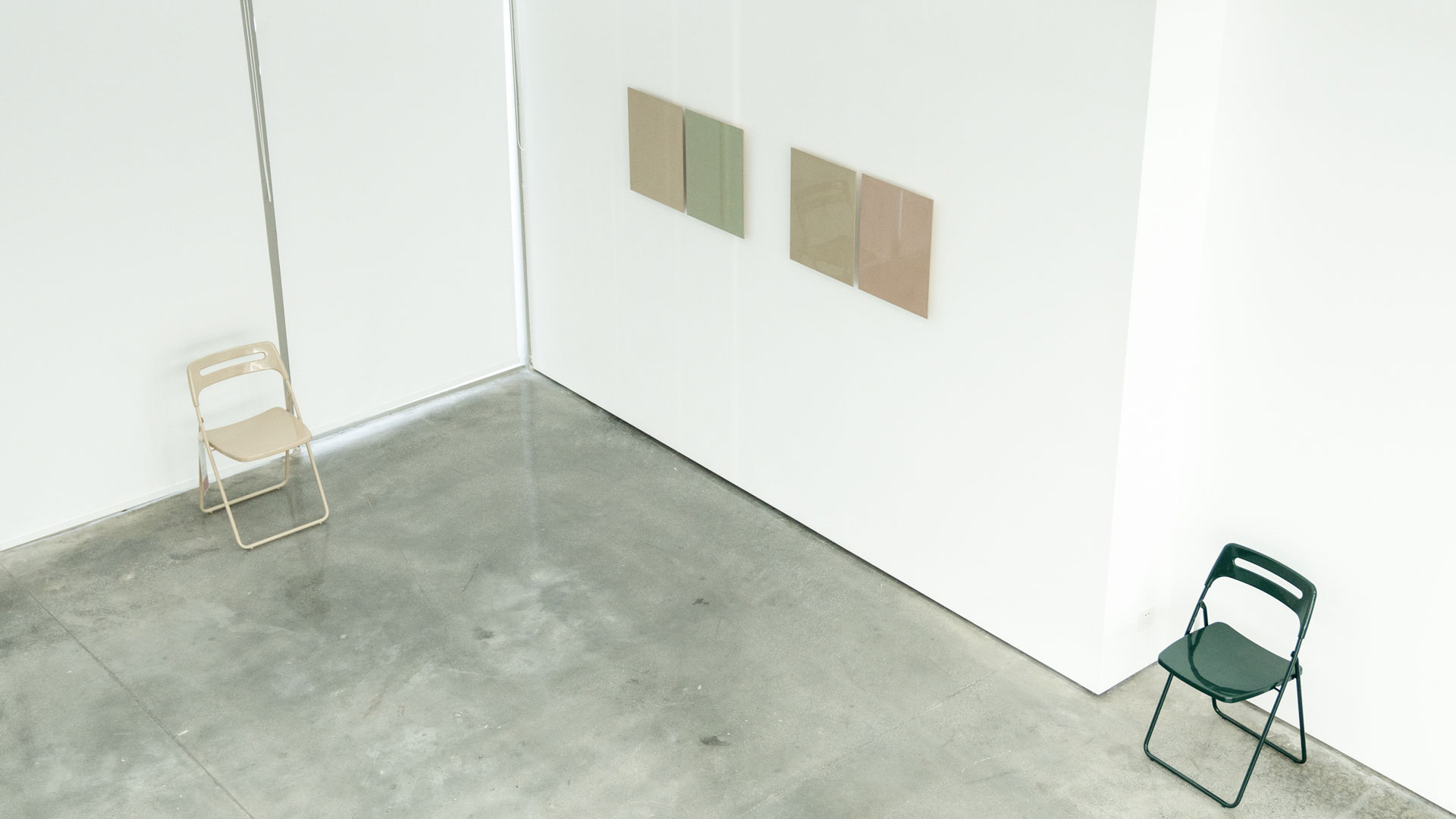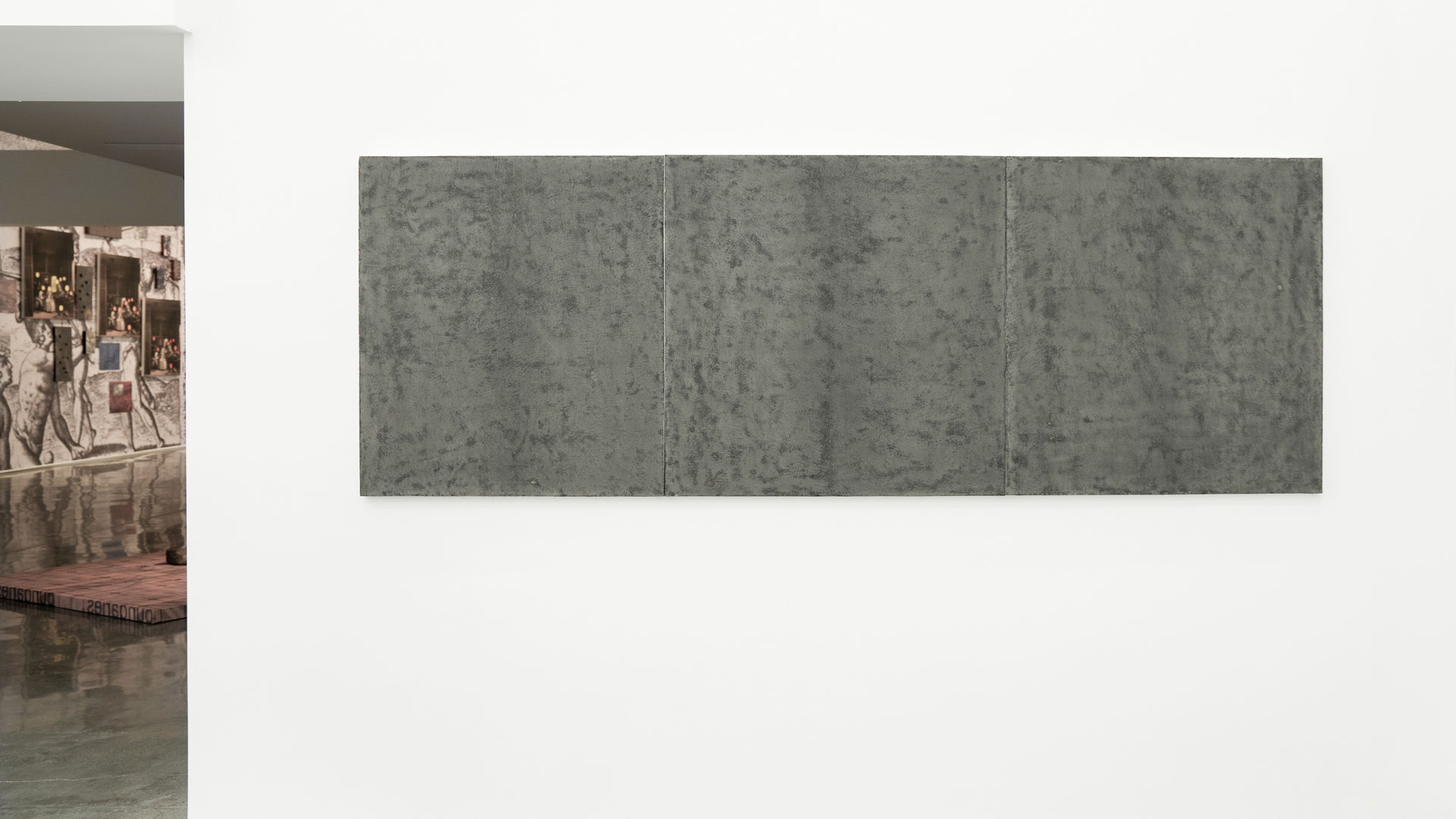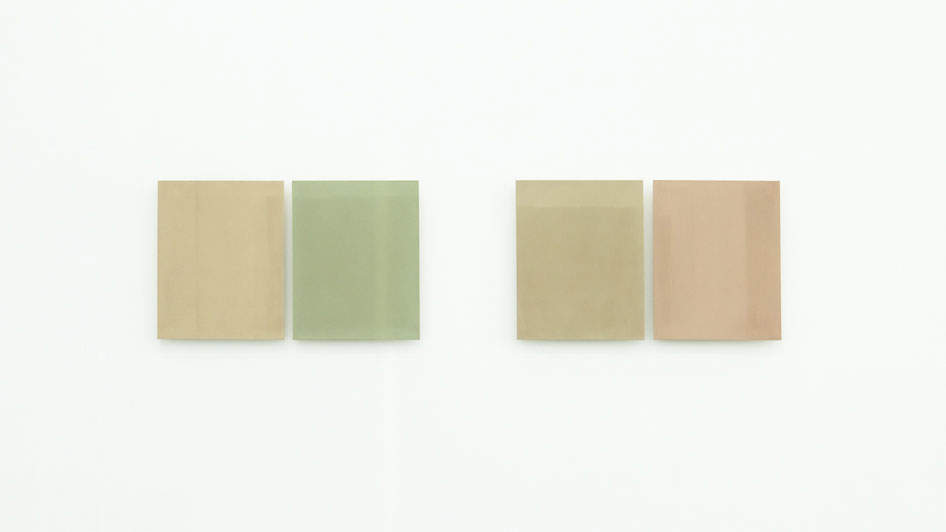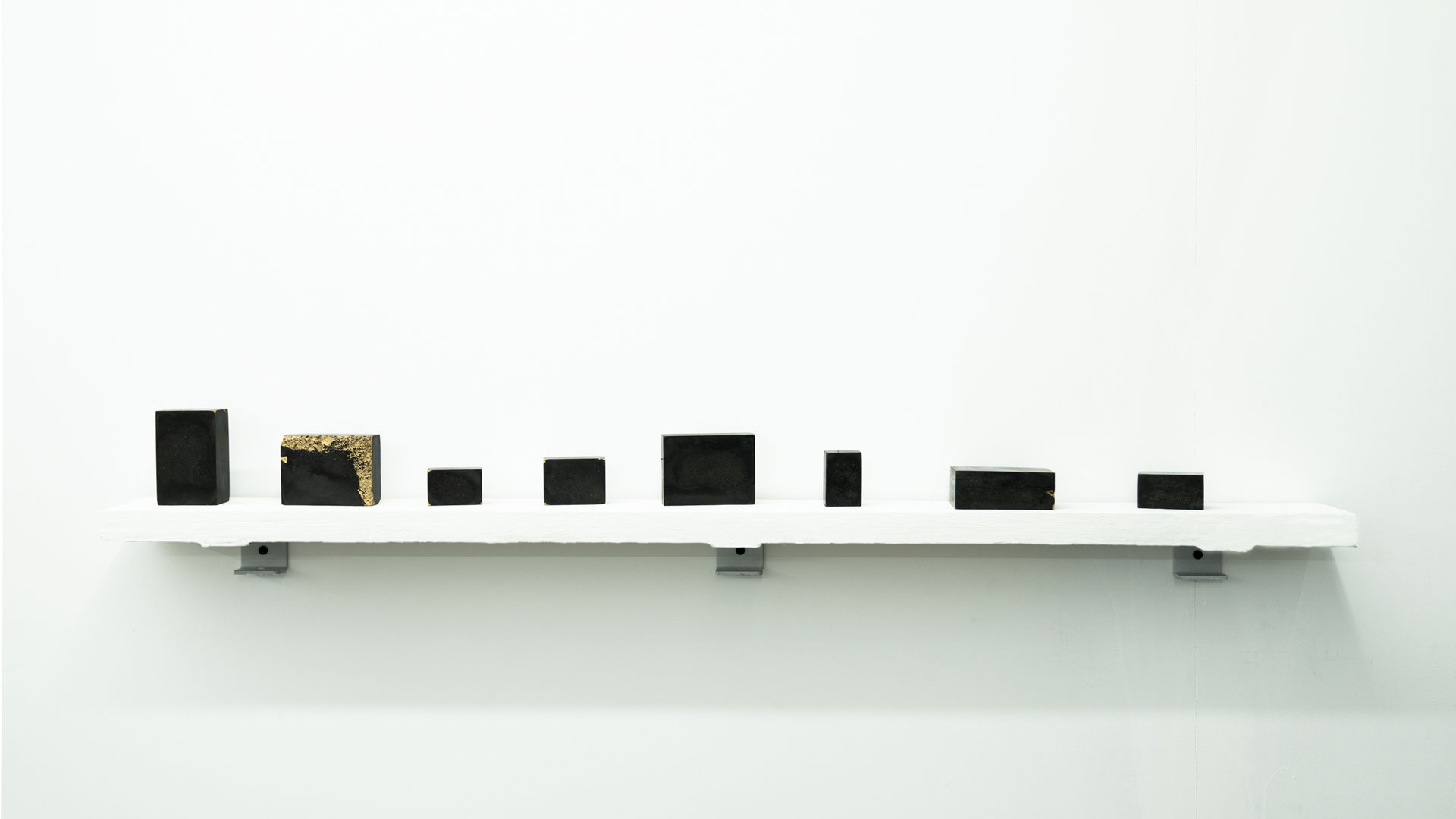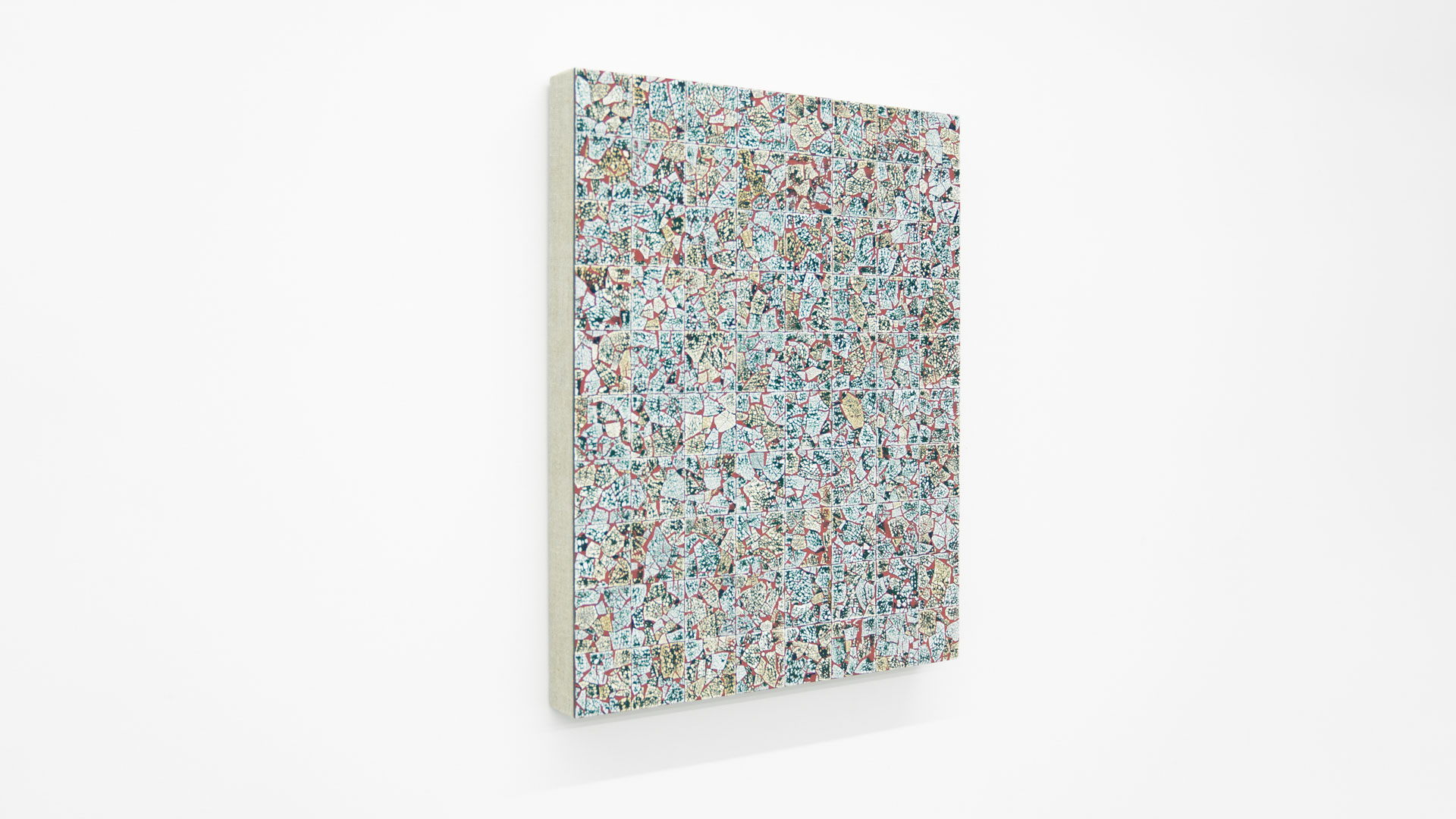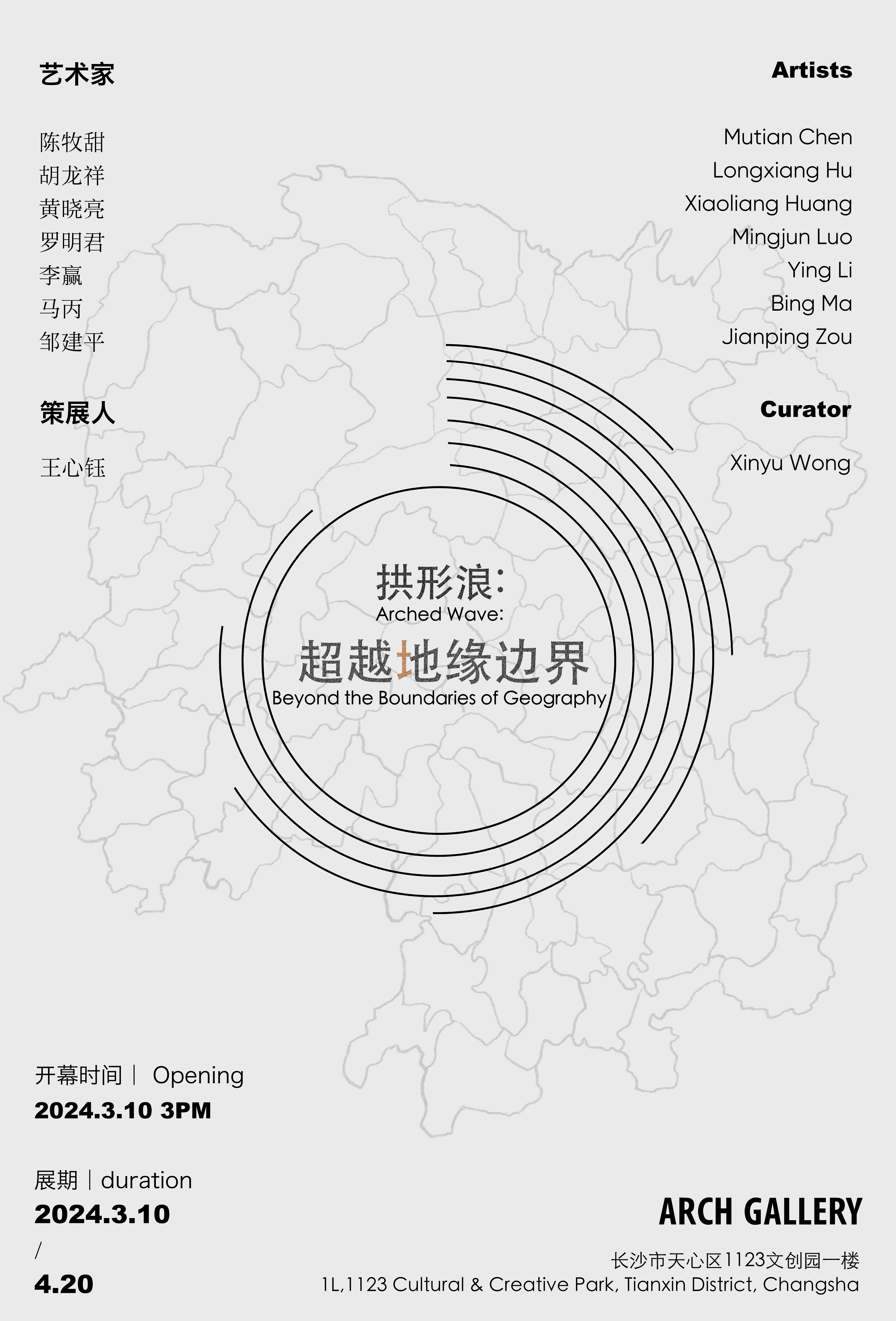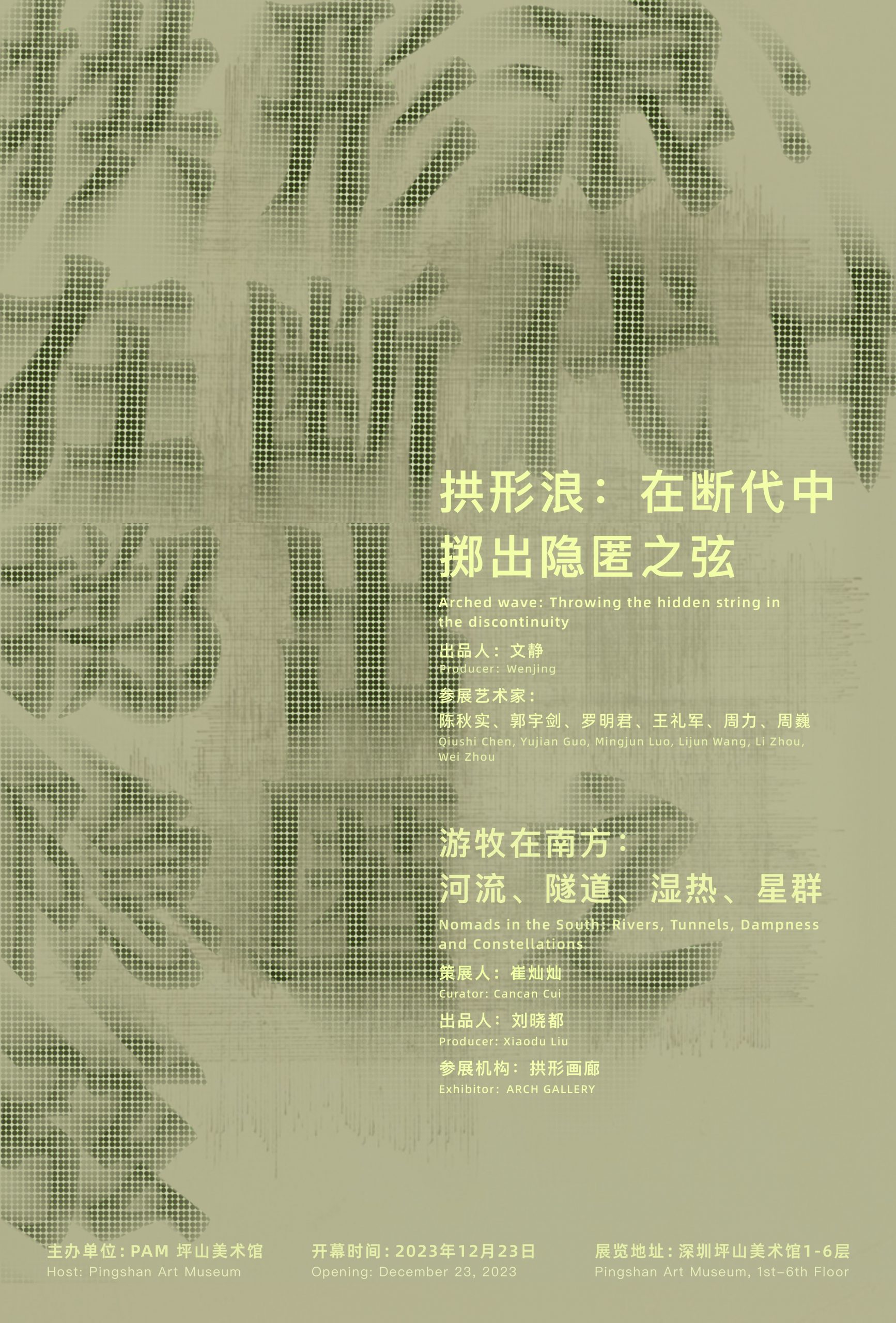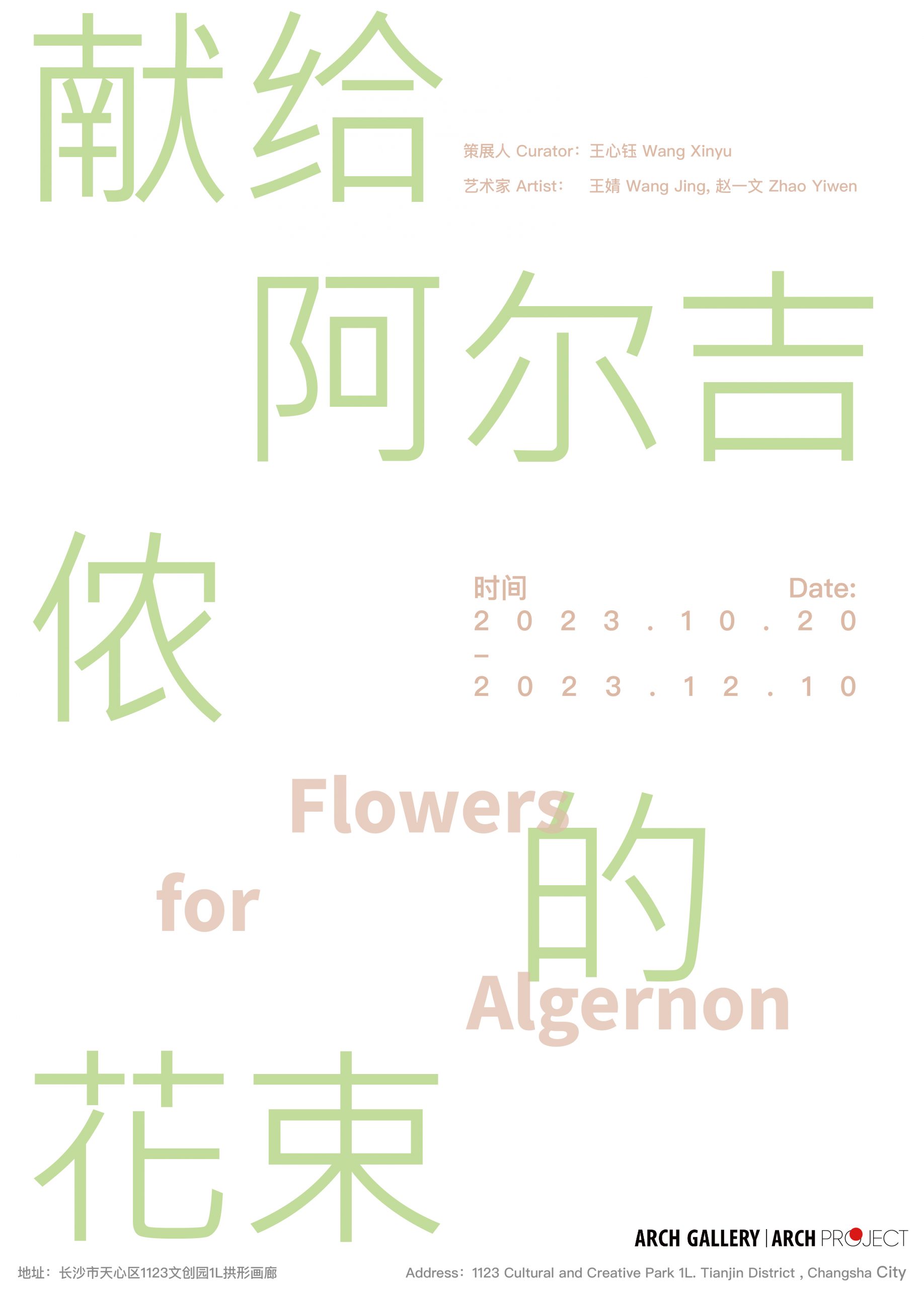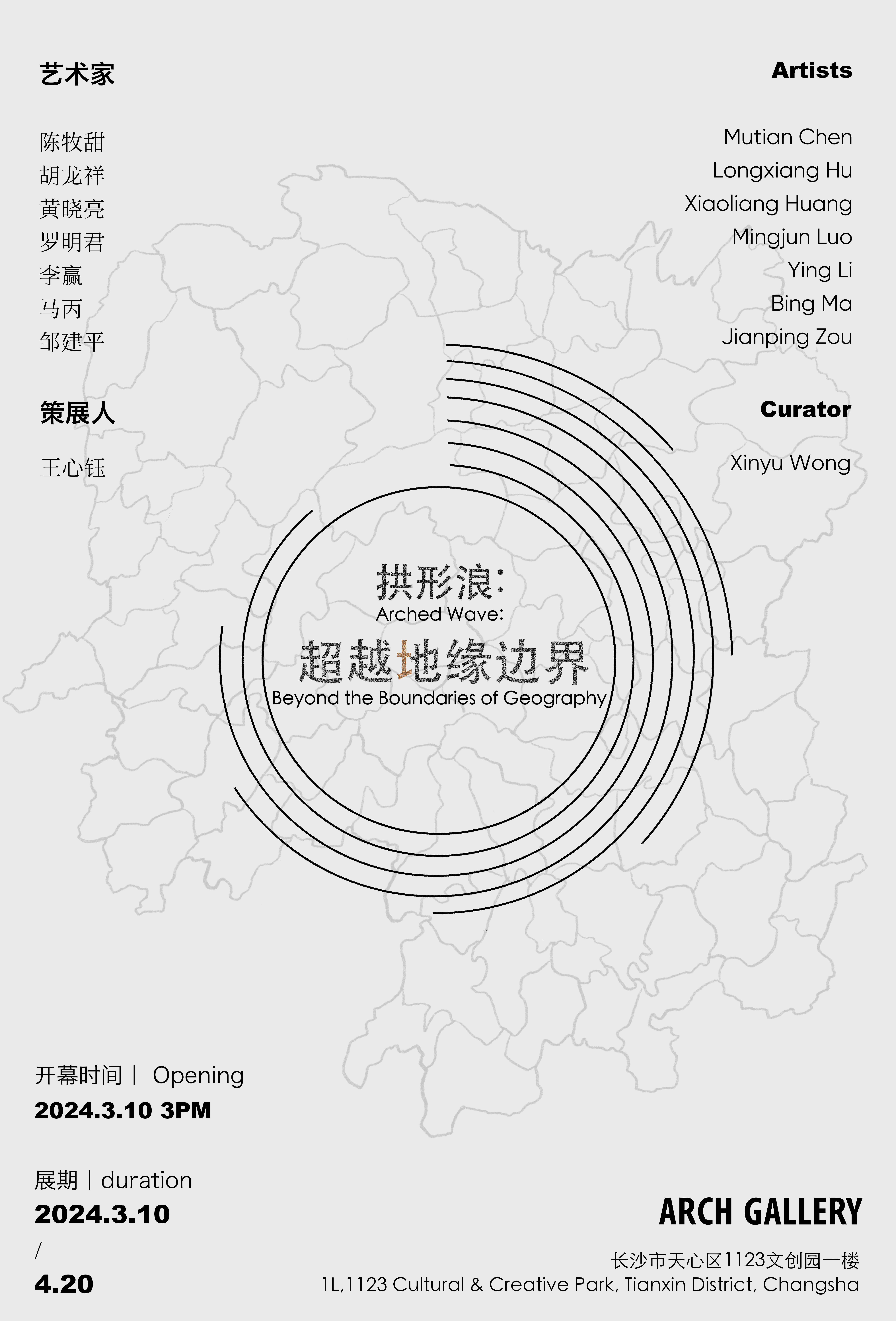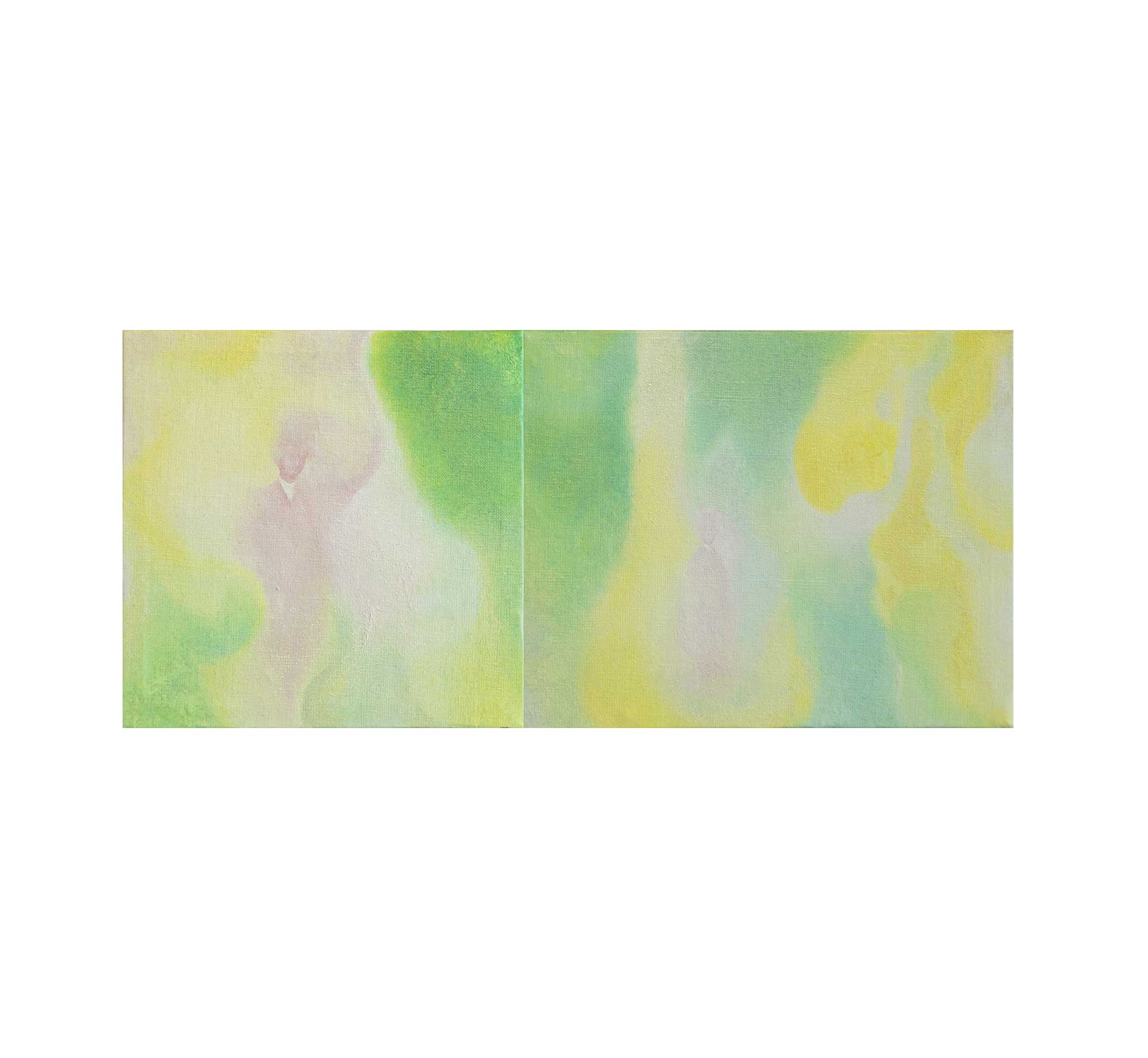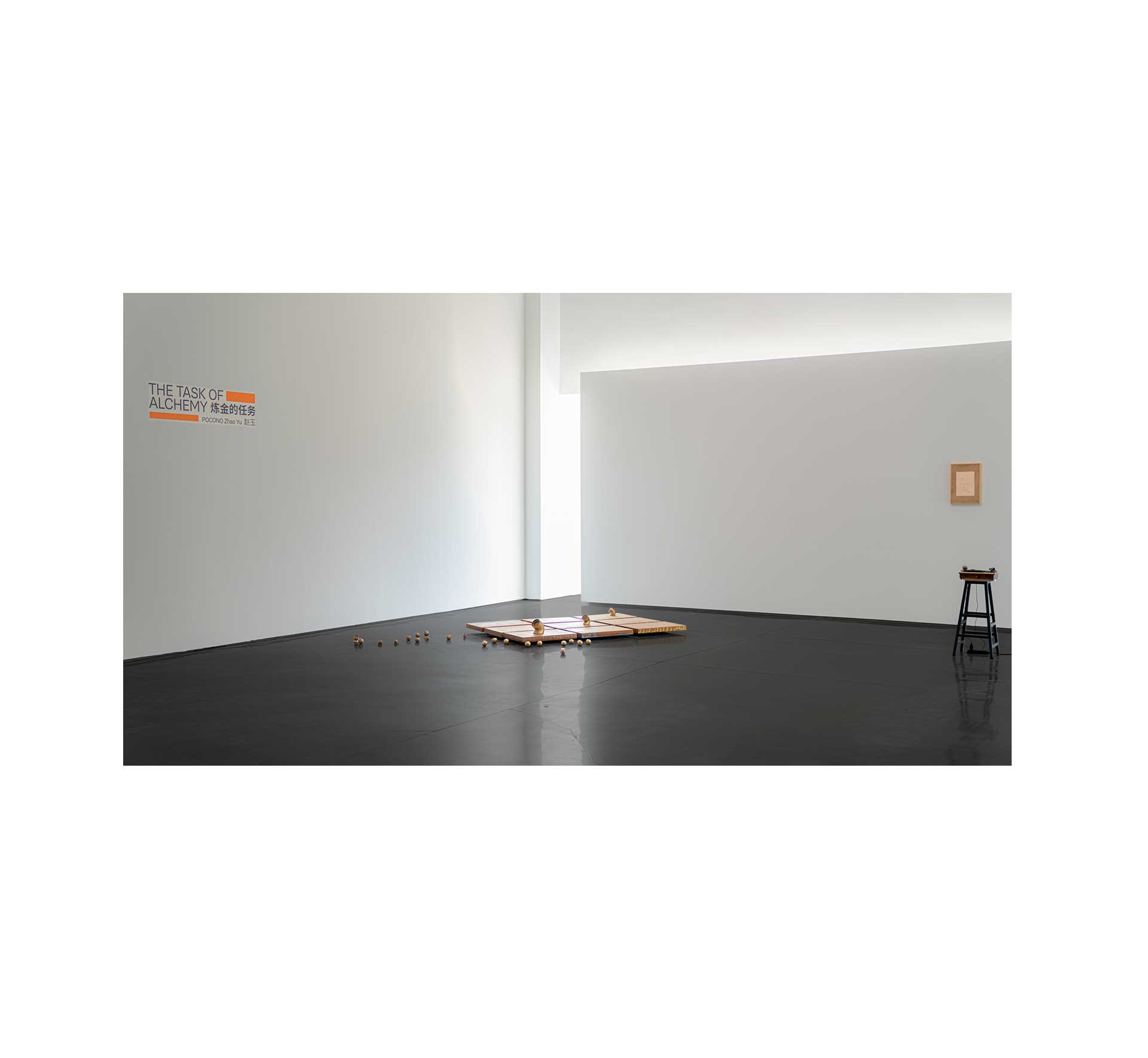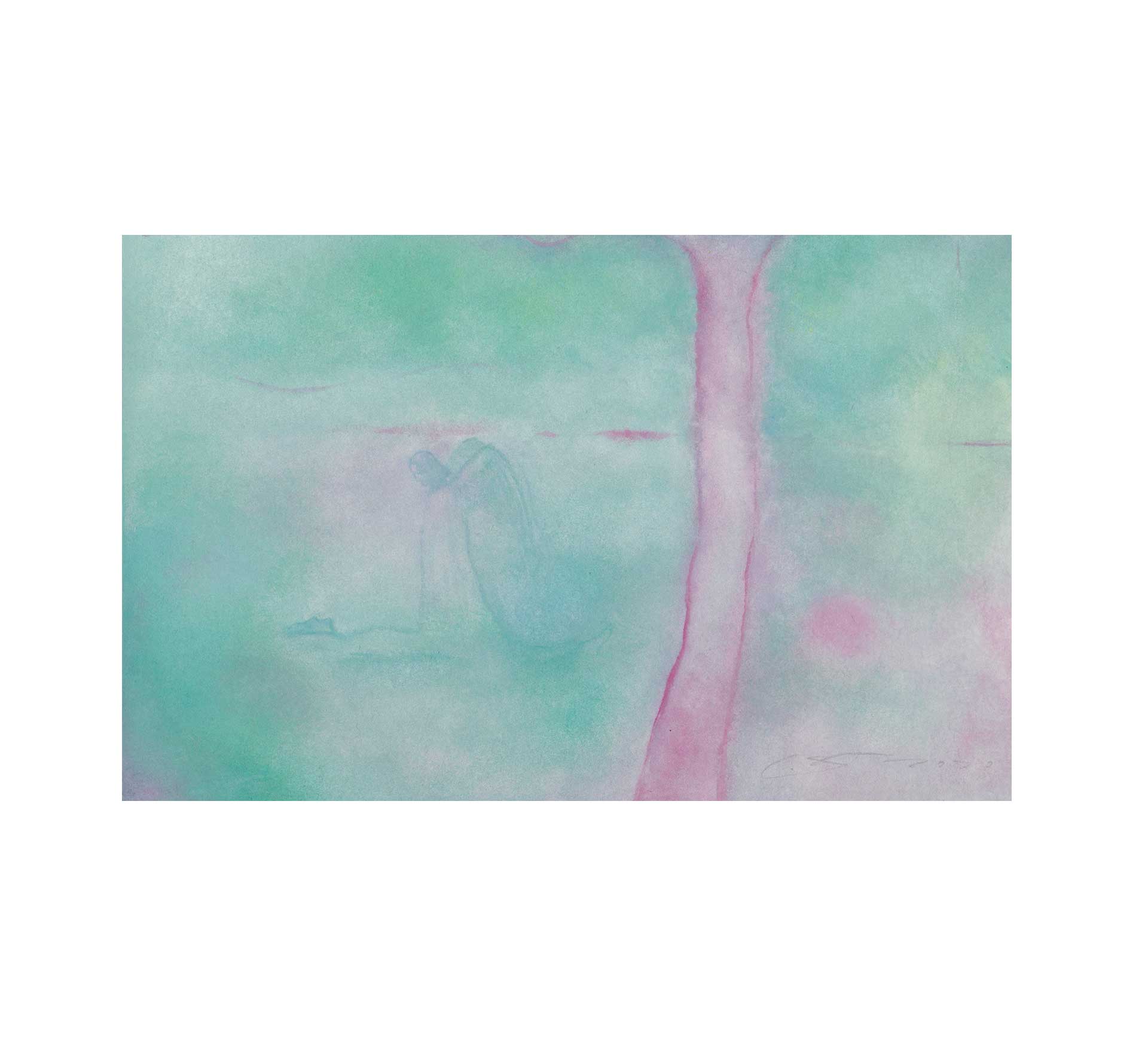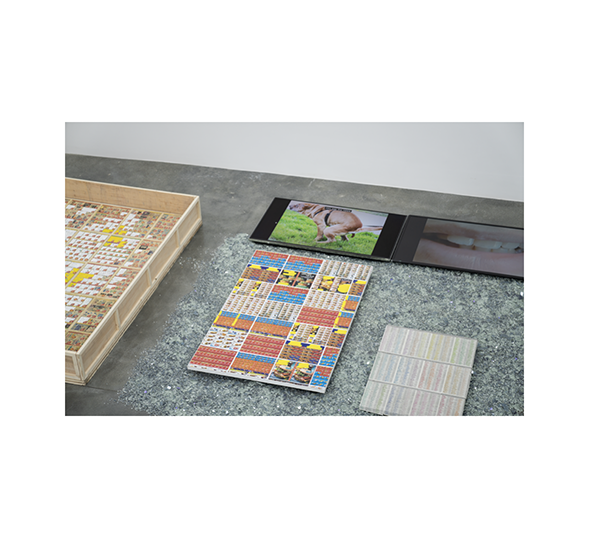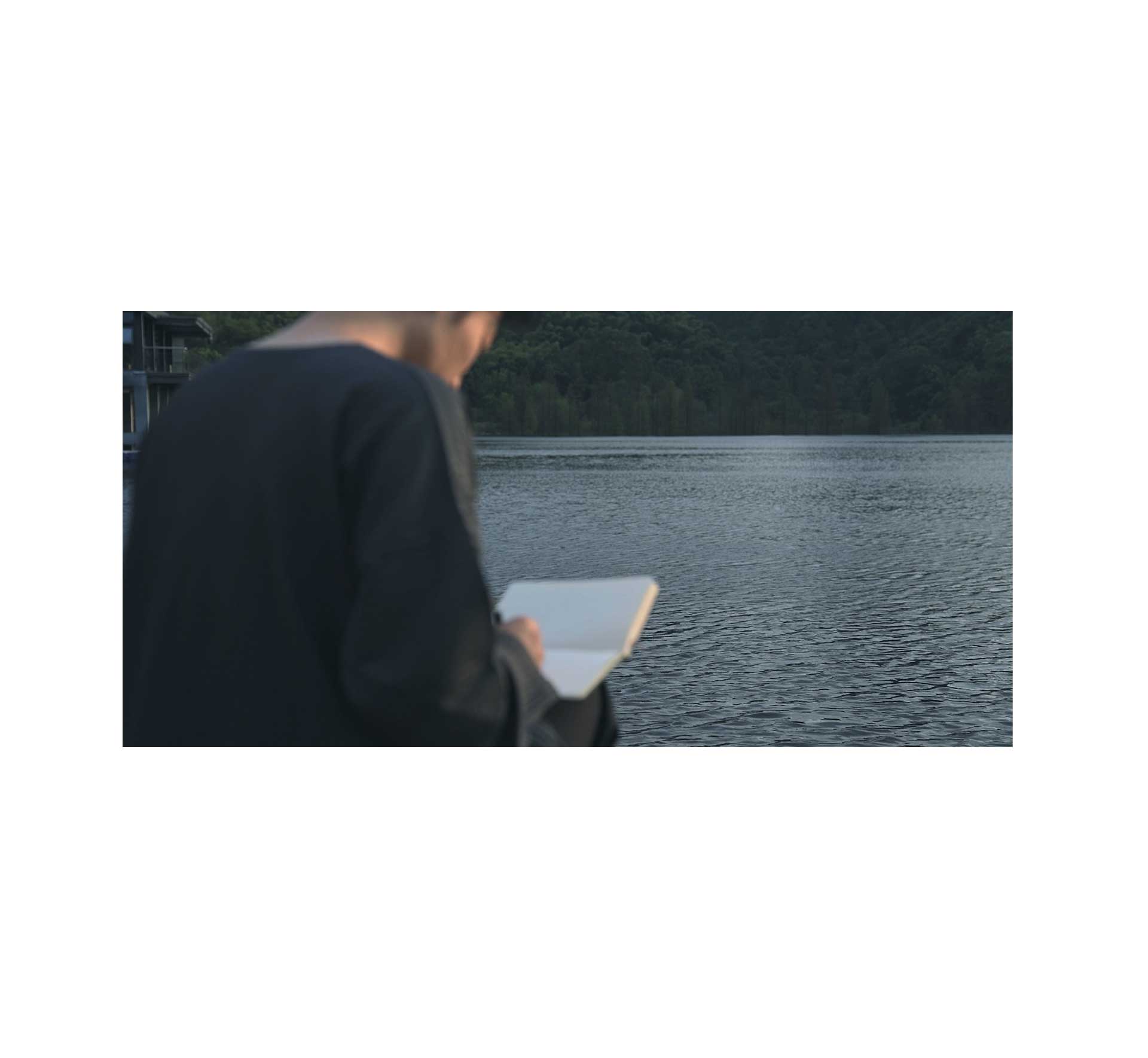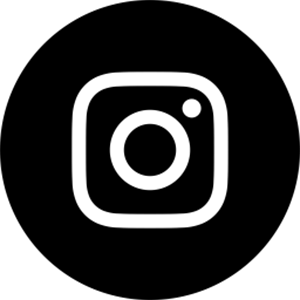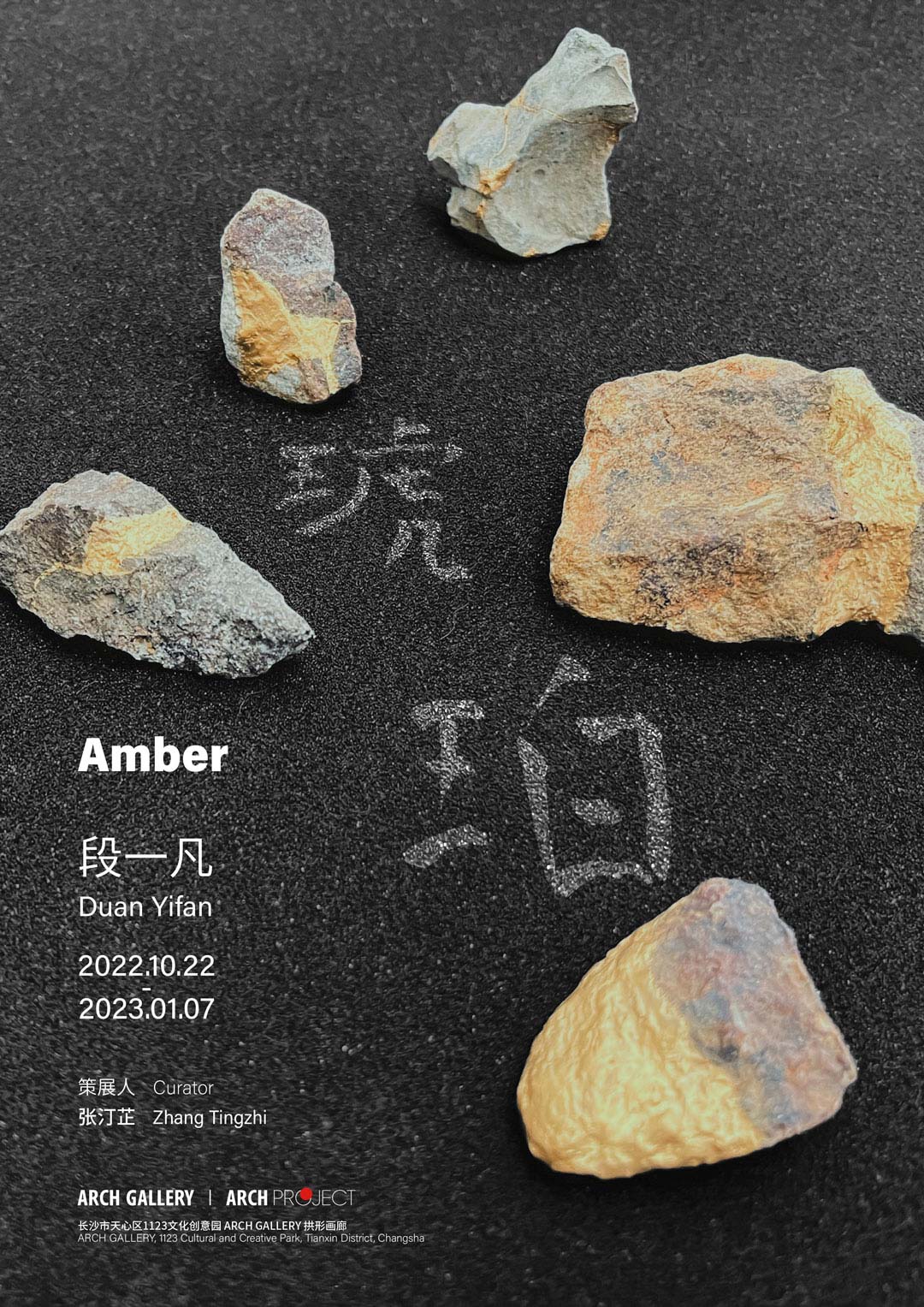
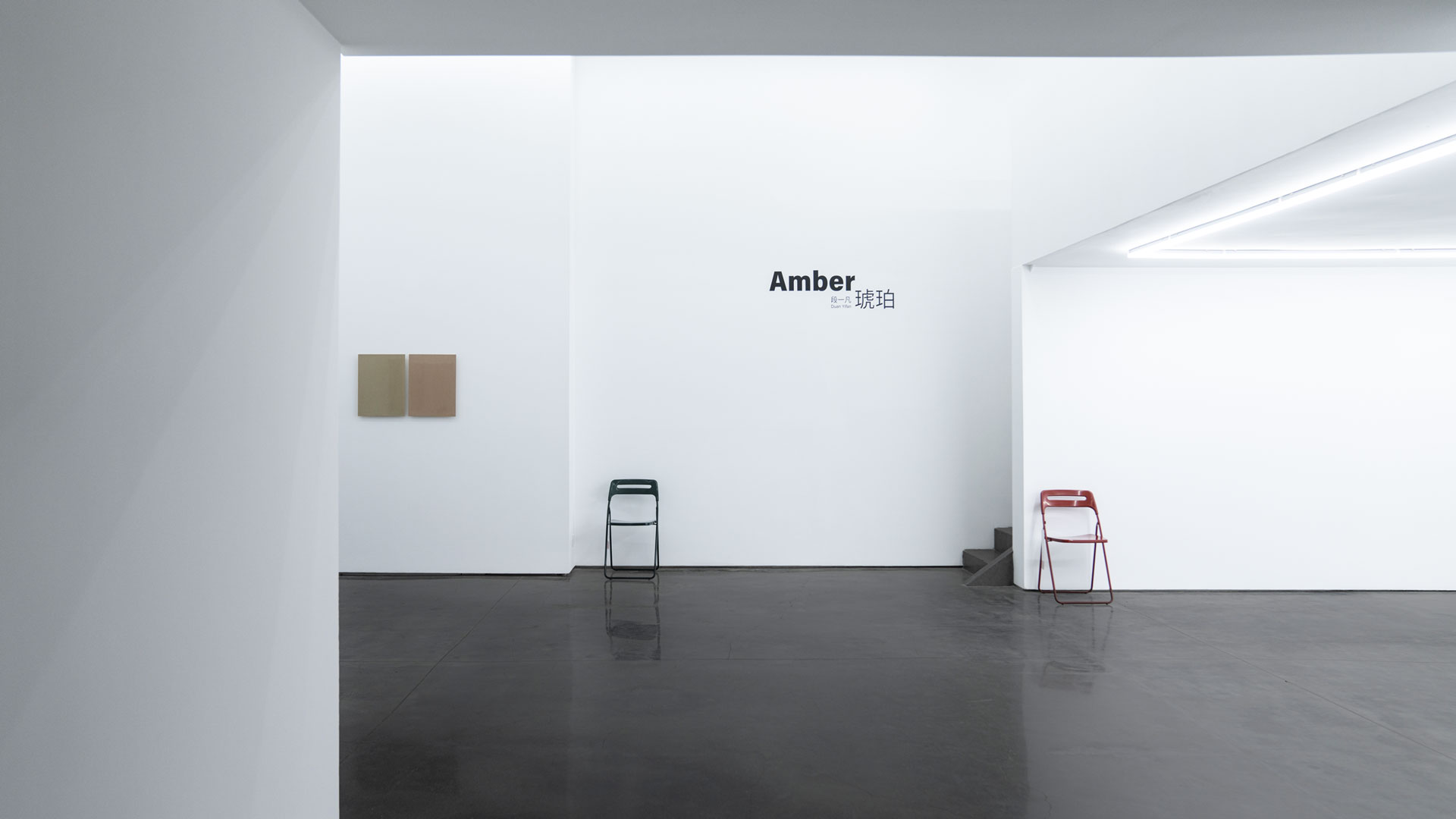
Amber
Artist:Duan Yifan
2022.10.22 – 2023.01.07
Each little thing that we do passes into the great machine of life which may grind our virtues to powder and make them worthless, or transform our sins into elements of a new civilisation, more marvellous and was splendid and any that has gone before.
– Oscar Wilde
Sol LeWitt laid out the terms for conceptual art in his seminal “Paragraphs on Conceptual Art,” published in the June 1967 issue of Artforum. “In conceptual art the idea or concept is the most important aspect of the work,” LeWitt wrote. “When an artist uses a conceptual form of art, it means that all of the planning and decisions are made beforehand and the execution is a perfunctory affair.”
In a sense, conceptual art today is not a movement or a style tamed by history, it needs to be questioned, lived and touched by outside of the art museums. Contemporary art is seen as an unconventional and visually appealing field, in which hanging, carefully placed artworks are filled with strategic discourses, and the actions that dominate this paradigm are often divided by different messages into a more alienated class division, the myth of Conceptual Art casts the slaves of privilege and language, and the template dressed in the magic of materialism can only be guessed, but it is more difficult to be felt and penetrated.
In the words of Robert Layton, a form created using a specific medium has characteristics that are common to all art that expresses in this medium. In Duan Yifan’s working method, the repetitive movements are still preserved, but the selection of specific images has been changed. History has gold on the black lacquer and uses the thick lacquer to paint on a surface, its often the most everyday objects were overlooked from its history. What kind of artistic expression with deeper characteristics can be clearly distinguished in this medium is the topic that the artist intends to try in his works.
The different mediums involved in the Amber exhibition is the artist’s response to the thinking about meaning and meaninglessness in today’s creation after continuous artistic practice with lacquer. When what is originally meaningful may lose its meaning, meaningless repetition gains meaning again, and even at a certain moment, both sides of the opposite are transformed. What the artist tries to do is to eliminate the boundary and intercept himself in a wider range and extended to new positions.
– Zhang Tingzhi
